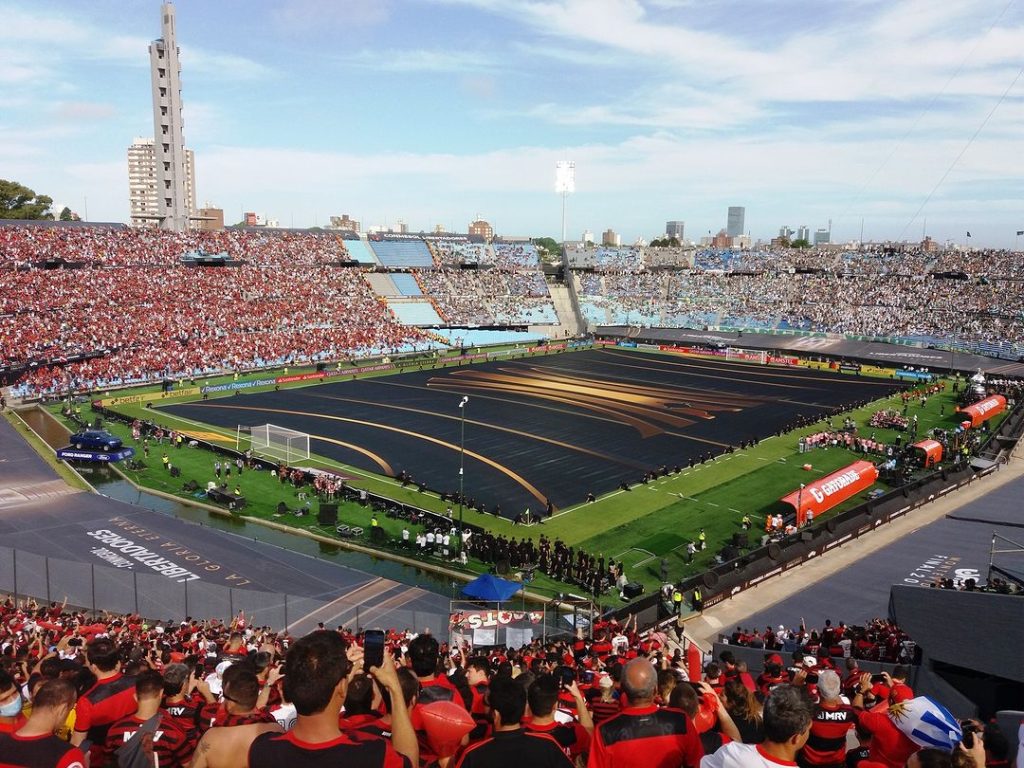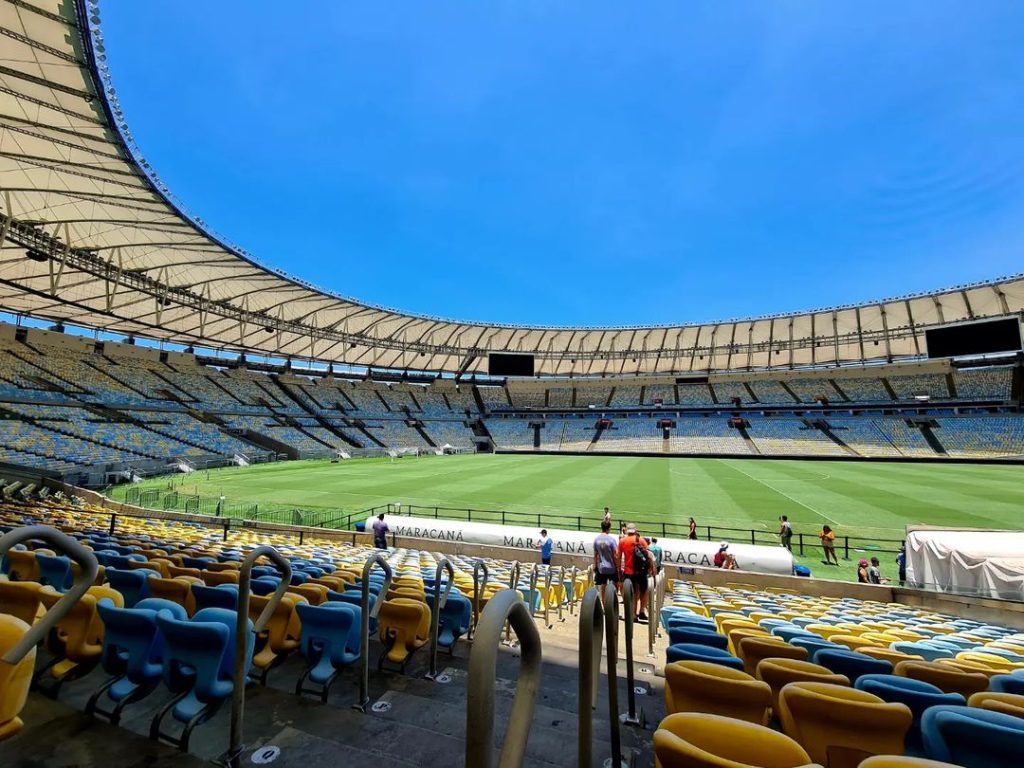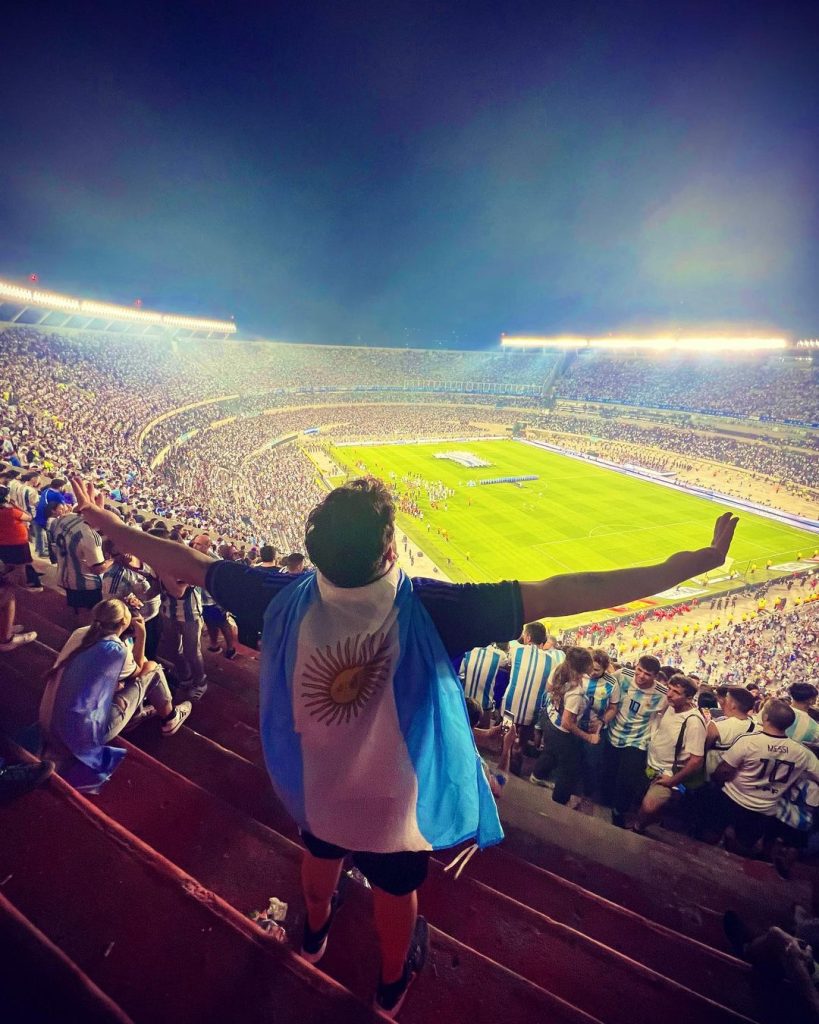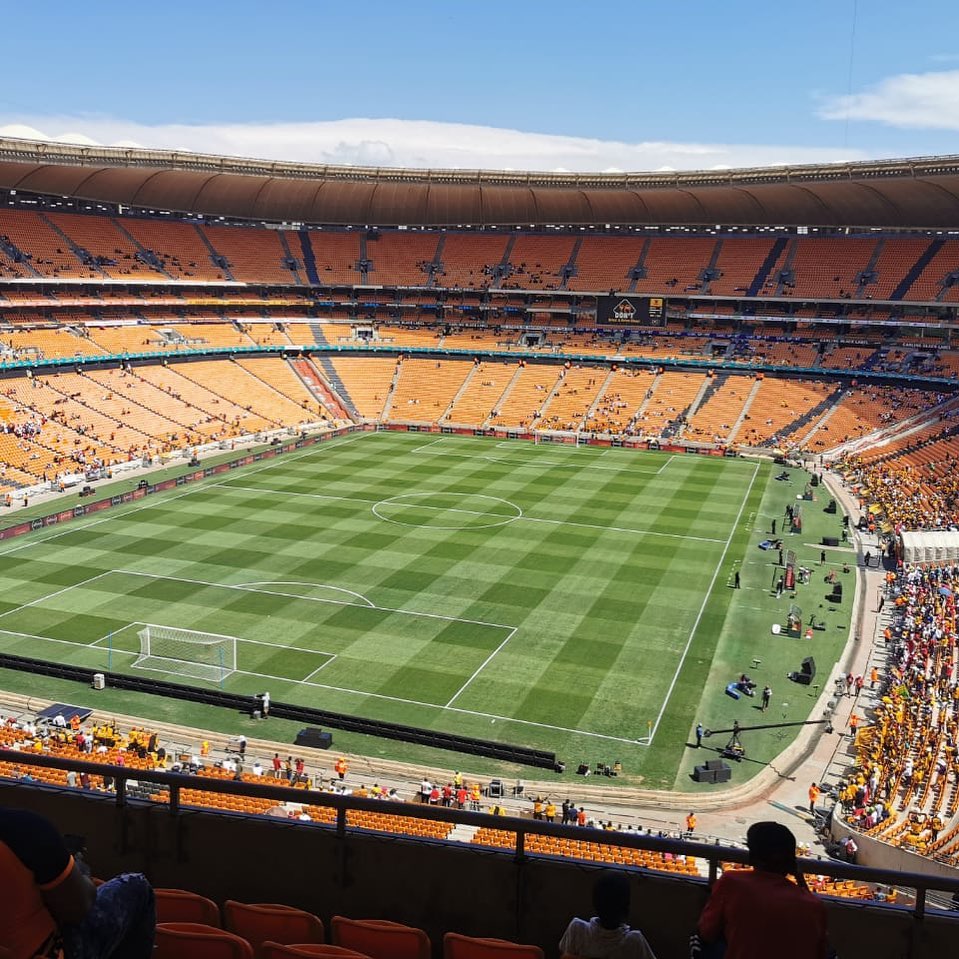Largest Soccer Stadiums In The Southern Hemisphere
Soccer stadiums are often more than mere sporting venues, many becoming iconic structures in various cities and countries around the world, whilst representing fan admiration and love for the game.
Within the Southern Hemisphere in particular, there are a number of huge and incredibly impressive soccer stadiums that have hosted club matches, national team games and even major international tournaments. These arenas create fantastic memories and mesmerising atmospheres with the help of their record-breaking crowds.
But which are the largest soccer stadiums in the Southern Hemisphere?
7. Estadio Centenario (Montevideo, Uruguay) – 60,235

Built in 1930 and with a capacity of just over 60,000, the Estadio Centenario in Montevideo is one of the largest soccer stadiums in the Southern Hemisphere and was chosen to host the first ever FIFA World Cup. The tournament was eventually won by home nation Uruguay and as a result the stadium has since evolved into a true symbol of Uruguayan football history.
The venue has housed many noteworthy matches including the 1950 World Cup Final, when Uruguay famously defeated Brazil, alongside numerous Copa América and FIFA World Cup qualifying matches. Since then the Estadio Centenario has undergone several renovations to modernise its structure yet much of this national treasure’s original charm still remains.
6. Estádio do Morumbi (São Paulo, Brazil) – 67,428

The Estádio do Morumbi or simply Morumbi Stadium is located within São Paulo in Brazil. It is the home ground of São Paulo Futebol Clube and has a capacity of over 67,000. The stadium was originally developed in 1960 and underwent a major renovation during the 1990s to refurbish its facilities and further increase seating capacity.
As one of the largest soccer stadiums in the Southern Hemisphere, The Morumbi has played host to several prestigious soccer matches including games at the 1970 FIFA World Cup, the Copa Libertadores and even the FIFA Club World Cup. The arena has a unique design, huge circular concrete ramps leading up to the upper seating areas which gives it a very distinctive look.
5. Estádio Nacional Mané Garrincha – (Brasília, Brazil) – 72,888

In Capital city Brasilia lies Brazil’s second largest stadium and one of the largest soccer stadiums in the Southern Hemisphere. The Estádio Nacional Mané Garrincha is aptly named after legendary Brazilian footballer Garrincha.
The arena has a capacity of nearly 73,000 and was built in 1974. The Estádio Nacional Mané Garrincha is currently home of the Brasília FC and has previously hosted the 2019 Copa America. In addition to soccer, the venue has also been used for concerts and other huge events, making it a centrepiece of life in Brasília.
Interestingly, venues from regions in Oceania such as New Zealand and Australia for example, fail to feature on this list of largest stadiums in the Southern Hemisphere. Did you know that New Zealand offers a range of fantastic online casino communities?
Check out these top-ranked online casinos in NZ
4. Estadio do Maracana (Rio de Janeiro, Brazil) – 78,838

One of the most iconic and largest soccer stadiums in the world is the Estadio do Maracana. Situated in Brazil’s Rio de Janeiro, it was constructed to host the 1950 FIFA World Cup and at the time was the largest arena on the planet with an estimated capacity in excess of 200,000!
Over the decades the venue has seen a reduction in seating to nearly 79,000 whilst still holding onto its stunning architecture and history. As one of the largest soccer stadiums in the Southern Hemisphere, The Maracana has hosted both the 1950 World Cup Final and more recently the 2014 World Cup Final too. It has evolved into a symbol of Brazilian national identity, instantly famous across the globe and represents the country’s endless passion for soccer.
3. Estadio Monumental “U” (Lima, Peru) – 80,093

Estadio Monumental “U” is the home of soccer club Universitario de Deportes. With a seating capacity of over 80,000 it is by far the largest stadium in Peru and one of the largest soccer stadiums in the Southern Hemisphere or South America.
The stadium is relatively new in comparison to some of the planet’s other gigantic arenas, opened at the turn of the century in 2000 and yet has quickly become a source of great pride for Deportes fans. Estadio Monumental “U” has witnessed many high profile soccer matches over the last two decades including the final of 2004’s Copa America. It is one of the largest soccer stadiums in the Southern Hemisphere, renowned for state-of-the-art facilities including an ultra-modern video screen system and advanced sound technology.
2. Estadio Monumental (Buenos Aires, Argentina) – 83,196

With just over 83,000 seats, home venue of Argentinian Club Atlético River Plate, the Estadio Monumental soccer stadium in Buenos Aires is undoubtedly one of the largest soccer stadiums in the Southern Hemisphere.
Opened in 1938, the venue has undergone several grand renovations throughout its history with its most significant being the construction of a new main stand in 2013. The Estadio Monumental proudly hosted the 1978 FIFA World Cup Final between Argentina and Netherlands. Amongst the largest soccer stadiums, its almost unrivalled atmosphere is nothing short of electric, especially during clashes between home side River Plate and their arch-rivals Boca Juniors.
1. FNB Soccer City Stadium (Johannesburg, South Africa) – 94,736

South Africa’s FNB Stadium in Johannesburg (more commonly known as Soccer City) is the largest soccer stadium in the Southern Hemisphere. Completed as recently as 1987, the arena underwent an additional and extensive renovation ahead of the 2010 FIFA World Cup, currently boasting a seating capacity of approximately 94,000.
During its forty-year history, Soccer City has seen numerous noteworthy matches including the 1996 African Cup of Nations Final along with the 2013 African Cup of Nations Final too. Notably, as one of the largest soccer stadiums it was chosen as the venue for both the opening and closing ceremonies of the FIFA World Cup as well as the tournament’s opening match and the Final itself.
The FNB Stadium is a national beacon of South African democracy, having even housed the inauguration of Nelson Mandela as the country’s first democratically elected president in 1994 and is cherished for dramatically increasing South Africa’s sporting identity to this day.

Typically it’s my passion for Sports and Music that get the typing juices flowing. But ultimately I enjoy writing or blogging about any topic I can get my keyboard thrashing hands on!






